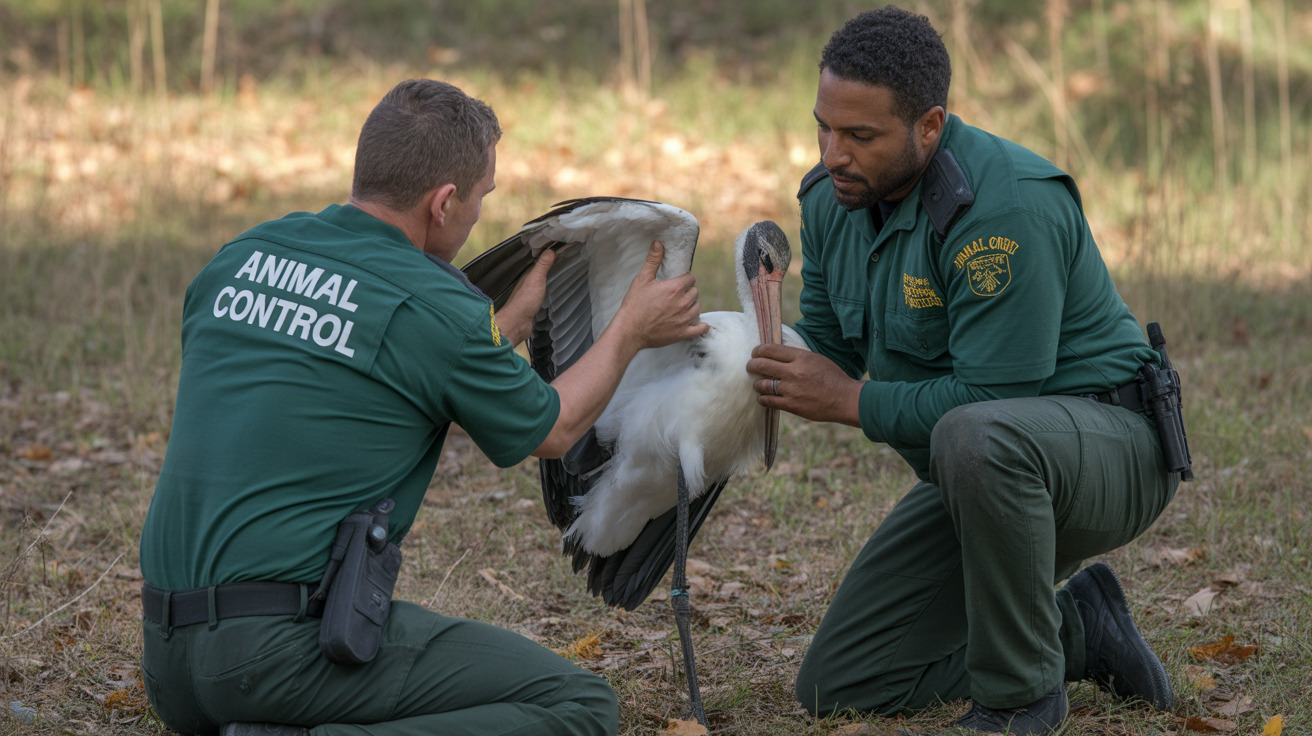Is Cheese Safe for Dogs? A Comprehensive Guide for Pet Owners
Cheese is a tasty and versatile food enjoyed by many humans, but when it comes to feeding it to dogs, a number of considerations must be taken into account. While cheese is not inherently toxic to dogs, it is not always the best choice as a treat or dietary supplement. Pet owners should weigh the pros and cons carefully to determine whether cheese is appropriate for their specific dog.
Is Cheese Toxic to Dogs?
No, cheese is not toxic. But that doesn't mean it's always safe or healthy, especially in large amounts. Dogs can eat cheese without experiencing poisoning, but due to its high fat and lactose content, it may lead to health issues such as gastrointestinal upset or even more serious conditions like pancreatitis in certain dogs.
Risks of Feeding Cheese to Dogs
- High Fat Content: Cheese is calorie-dense and rich in saturated fats. Regular consumption can contribute to obesity, pancreatitis, and high cholesterol.
- Lactose Intolerance: Many dogs become lactose-intolerant as they age, making it difficult for them to digest dairy products. This can lead to symptoms like bloating, diarrhea, and vomiting.
- Salt and Additives: Some cheeses contain added salt or seasonings such as garlic and onion, which are toxic to dogs.
- Risk of Pancreatitis: High-fat foods like cheese can trigger acute pancreatitis, especially in sensitive breeds like miniature schnauzers. This condition is serious and may require veterinary care.
Signs Your Dog May be Reacting Poorly to Cheese
- Vomiting
- Diarrhea
- Flatulence
- Bloating or abdominal discomfort
- Lethargy
- Loss of appetite
- Repeated attempts to vomit or a hunched posture (may indicate pancreatitis)
When Is Cheese Acceptable for Dogs?
When used in small amounts and infrequently, cheese can be a helpful training aid or occasional treat. It may also be used to hide medications. The best types of cheese to offer include:
- Low-fat cheeses: Mozzarella, cottage cheese, or low-fat cheddar are better choices.
- Plain cheese: Avoid any with added seasonings or herbs.
- Lactose-free options: Available commercially, these are gentler on sensitive stomachs.
How Much Cheese Can a Dog Safely Eat?
There’s no one-size-fits-all answer, but a few general rules apply:
- For small dogs: A few small pieces no more than once or twice a week.
- For large dogs: Slightly larger amounts, but still treat cheese as an occasional snack.
Dogs with a history of obesity or pancreatitis should avoid cheese altogether unless directed otherwise by a vet.
What To Do If Your Dog Eats Too Much Cheese
If your dog has ingested a large quantity, observe them for signs of digestive distress. Steps to take include:
- Monitor for symptoms: such as vomiting, diarrhea, or lethargy.
- Provide lots of water: especially if the cheese was salty.
- Offer a bland diet: like boiled chicken and rice if mild symptoms occur.
- Consult a veterinarian: if symptoms are severe, persistent, or if the dog has a known health condition.
Healthier Alternatives to Cheese
Rather than take the risk with cheese, consider the following healthier alternatives:
- Baby carrots
- Apple slices (without seeds)
- Plain yogurt (in small amounts, as it contains probiotics)
- Plain rice or boiled chicken
- Commercial dog treats specifically formulated for canine nutrition
Nut Butters and Other Spreads
Some owners use Nut butters (like peanut, almond, or sunflower butter) as a treat similar to cheese. Keep in mind:
- Check for xylitol: This common sweetener is lethal to dogs.
- Limit serving size: Even healthy nut butters are high in fat and calories.
- Use unsalted and unsweetened varieties whenever possible.
Final Thoughts
Small amounts of cheese are okay for most dogs, but moderation and awareness are key. Always consider your pet’s size, medical history, and dietary needs before offering any human food. When in doubt, consult with your veterinarian.
Maintaining a dog’s health means being careful about what goes in their bowl—even when those puppy eyes beg for a cheesy bite.





